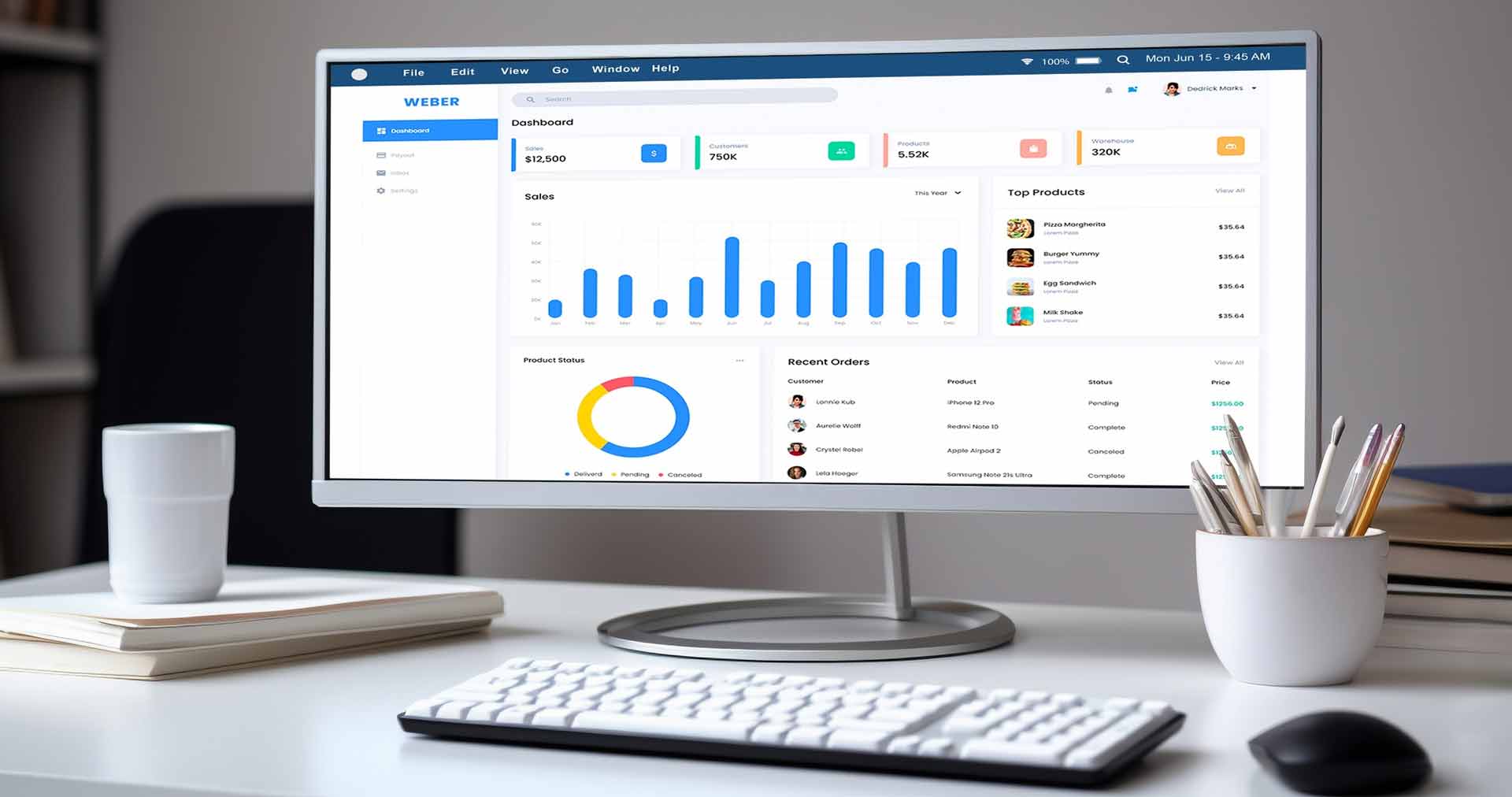Client is a leading University in California, United States offering a wide variety of undergraduate and graduate programs. The University was challenged with trying to serve the unique online needs of each school and department, while maintaining a cohesive site design and ensuring that published content reflected the high standards of the University’s heritage.
The Business Need for Web Content Management System
The University had recognized that its Web site was an essential tool for communication with external audiences, as well as students, faculty, and staff, and was needed to be kept up-to-date. Yet, as the site continued to grow, the demands for maintaining and updating content became unmanageable.
Departments and other groups at the college wanted faster and more direct access to the Web publishing process. On campus, many faculty and departments used the Web as the primary medium for distributing information. Externally, the website was a critical recruiting tool, a primary touch point for alumni and associated giving programs, and a powerful internal communication tool integral to daily academic life.
The Web Content Management System Solution
Client realized that an custom web content management system should provide a template-based Web publishing system that would enforce consistent standards while empowering the campus community to contribute to the Web publishing process.
To continue growing their Web presence without increasing staff, the Client had to implement a solid, proven, Web content management solution. The solution required an easy-to-use system and accessible to non-technical staff. In addition, Client required robust workflow tools that would allow Web administrators to track the numerous content contributions through the Web publishing process. Rishabh’s Web Content Management system and Web Publishing System enabled Client to meet these goals and rapidly implement a new site.
Across the University, technical and non-technical department staffs were able to write, edit, connect to various data sources, preview, and publish information within their areas of expertise in a rapid and efficient fashion.
Site management was also simplified. Expired pages were automatically archived. All of the links to the archived pages were automatically deleted, solving missing page errors and saving considerable site management resources. With the IT team now free from routine site maintenance and publishing tasks, they could focus on adding more functionality by creating additional .asp programs and enhancing the existing scripts.
The following was a list of features of what the Web Content Management system and Web Publishing System offered:
- Content Creation
- User-friendly Interface – Interfaces for the Web Content Management system were designed to be quick to learn, intuitive to use, and accessible to all users
- Content Migration Tools – Large volumes of content existing in other repositories or websites could be migrated to the Content Management systemrepository
- Immediate Previews – Draft content could be previewed as it would appear on the live site through the interface
- Content Management
- Workflow – Workflows could be customized to reflect the business processes in an organization, and alerts could be sent to users notifying of pending tasks as the content moved through the workflow
- User Permission Management – Access to view, change and approve content could be restricted based on the user’s role in an organization
- Version Control & Archiving – Changes to content could be tracked and archived for legal accountability, and accessed through an interface
- Document Expiry Management – Expiration dates could be attached to content, and automated alerts sent to relevant users for content that needed to be reviewed
- Reporting – A large range of reports could be produced, containing data about web content management system users as well as the website end users. Data could be exported for analysis into third party software such as Excel
- Content Publication
- Page Templates – Design and layout of pages could be specified via a system of templates, allowing for the overall appearance of the site to be revised without having to migrate content. Templates could be customized using standards compliant mark-up or programming.
- Publish Accessible Content – The system could aid in publishing accessible web pages, by supplying content authors with prompts for adding information to access related tags, and maintaining the level of access initially produced in the templates.
Technology
- ASP.Net 1.1 with C#
- SQL Server 2000











 30 Min
30 Min


